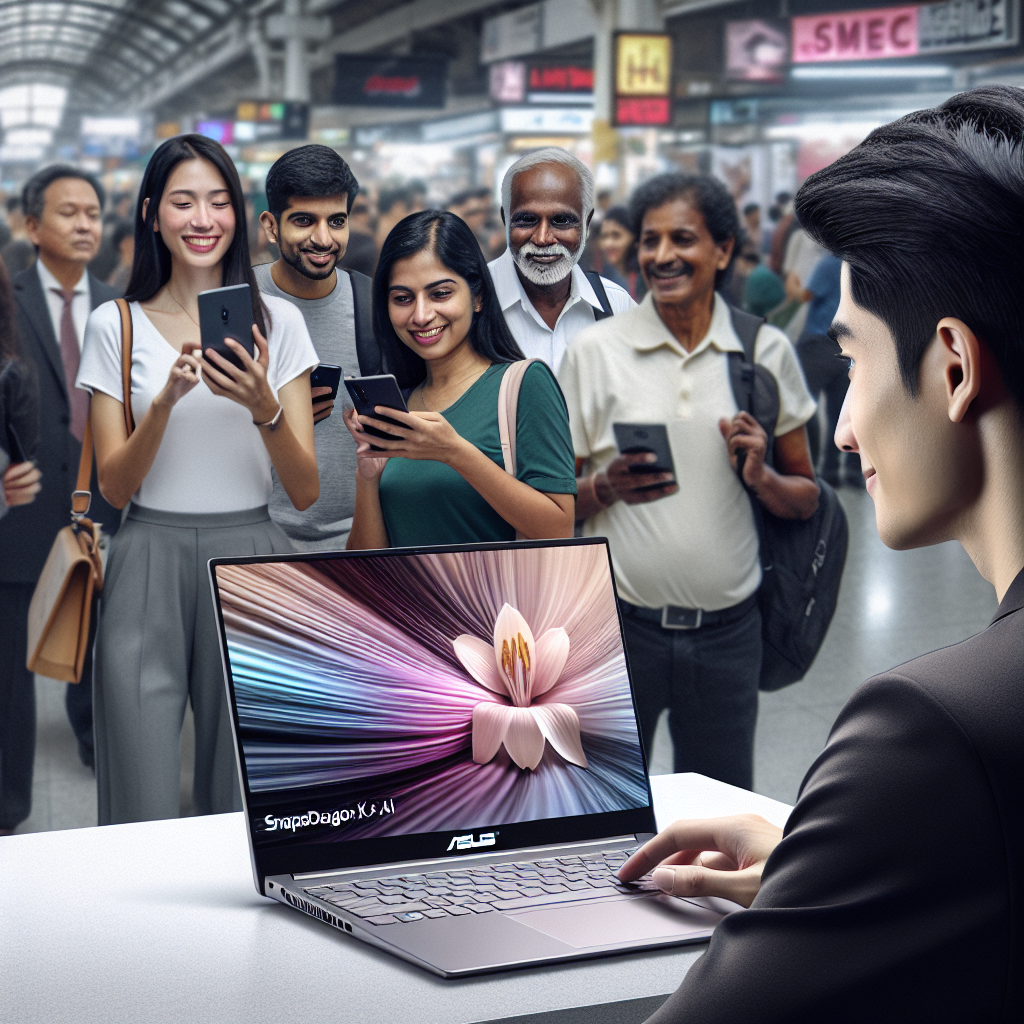Asus has expanded its repertoire in the tech market with the launch of its new Vivobook S16 AI laptop, introducing innovative features tailored for the modern professional and tech enthusiast. This addition to Asus’s lineup was first reported by Startup News on its website, marking a significant advancement in integrating artificial intelligence with daily computing tasks.
Priced competitively at INR 79,990, the Vivobook S16 AI is powered by the Snapdragon X Elite Chip, a standout feature promising enhanced processing power and battery efficiency. This strategic move by Asus taps into India’s burgeoning market for high-performance laptops, especially at a time when the demand for such devices is escalating due to increased remote work and digital collaboration.
The choice of the Snapdragon X Elite Chip is particularly noteworthy. Developed with AI capabilities at its core, the chip not only ensures faster processing times but also optimizes power consumption, which could be a major selling point for users concerned with sustainability and energy efficiency. In addition to its technical prowess, the laptop features a sleek design with a 16-inch display that offers an immersive viewing experience without compromising portability.
Asus’s focus with the Vivobook S16 AI seems to be centered on providing a seamless user experience that caters to both the rigors of professional work environments and the demands of high-end personal use. From graphic designers needing precise color accuracy to software developers looking for robust computing capabilities, the Vivobook S16 AI appears to be a versatile contender in the market.
The launch also highlights Asus’s strategic positioning in the Indian market, a region that has seen exponential growth in technology adoption in recent years. By setting the price point below the INR 80,000 mark, Asus is not only making the device accessible to a wider audience but also challenging competitors to match its offerings on both innovation and cost.
With this launch, Asus not only continues its tradition of innovation but also reinforces its commitment to enhancing user productivity and multimedia experience. The entry of such advanced technology into Indian markets also signals a shift towards more widespread adoption of AI-infused devices, potentially setting the stage for future developments in this space.
As the laptop goes on sale, it remains to be seen how it will be received by India’s tech-savvy consumers, and whether it will indeed set a new benchmark for what users can expect from their devices in terms of performance, efficiency, and overall user experience.



